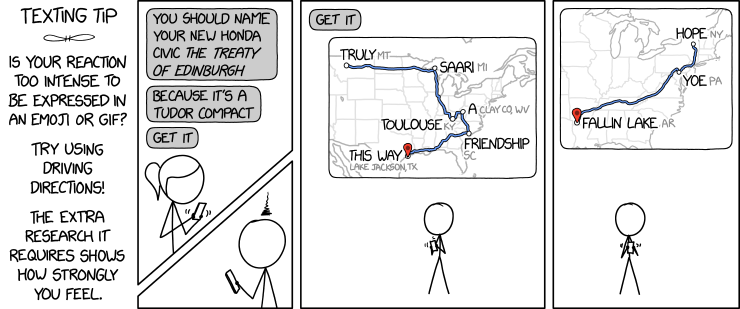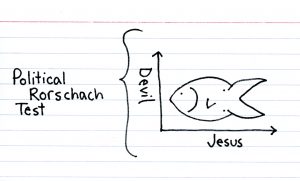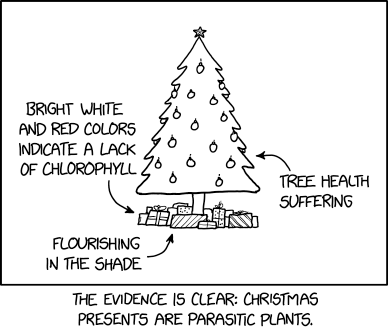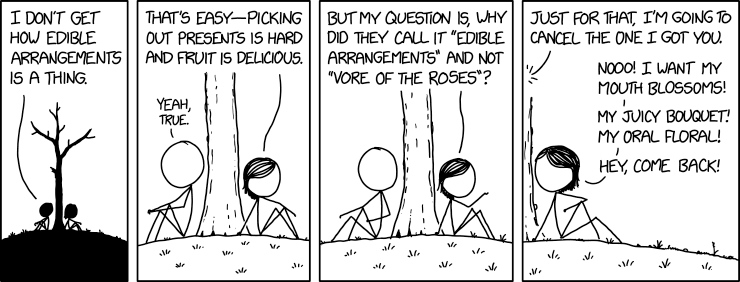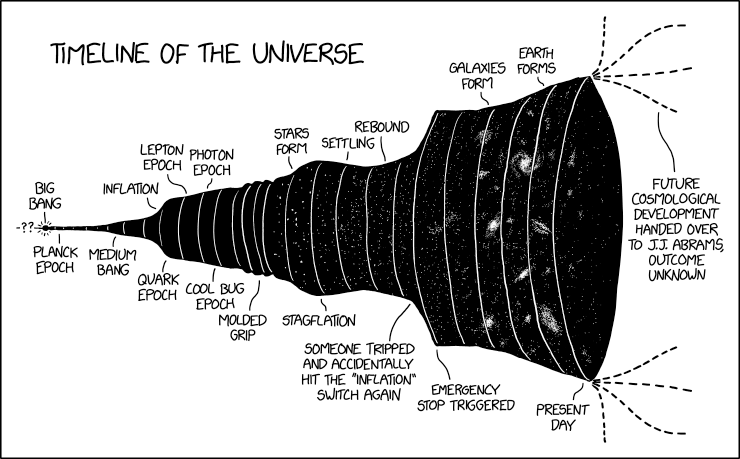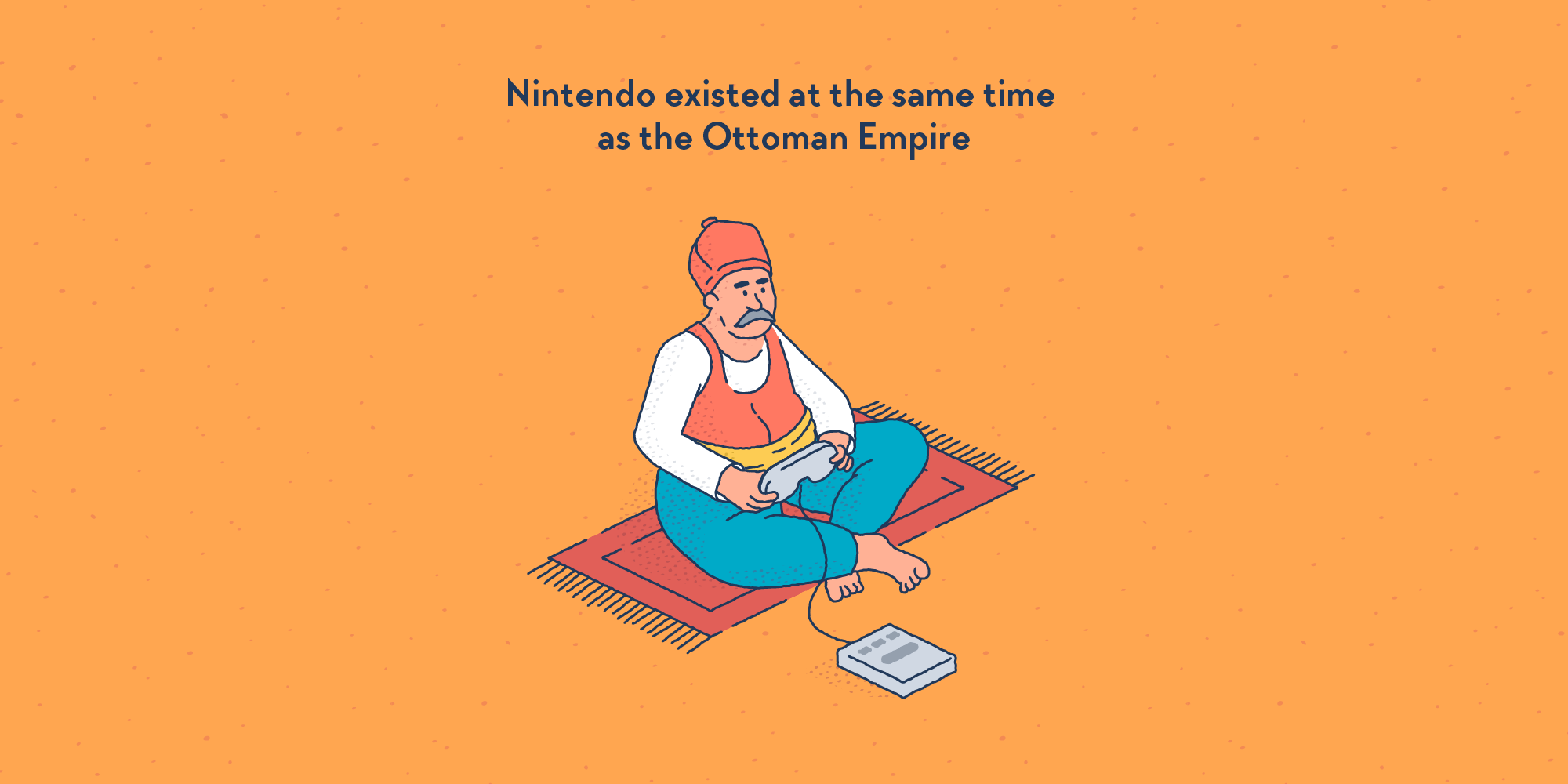
Tindalostalbot
Shared posts
Nintendo existed at the same time as the Ottoman Empire
Thor Vs. Amazo
This biggest headline out of the upcoming Thor: Love and Thunder is the addition of Christian Bale to the cast in a mystery role. Many have speculated that he will portraying Beta Ray Bill, or at least his voice, which could be interesting. Now the rumor is that he will be appearing as none other than Norman Osborne in a role that will span several movies. Would Bale want to sign up for that, and would Marvel want to have to share him with Sony? I'm not quite sold on the theory yet. Heck, if it is true, and considering the fact that Michael Keaton is already on board as The Vulture, let's get Val Kilmer as Dock Ock, George Clooney as Electro and Ben Affleck as Kraven for an all Ex-Batman Sinister Six!
Judge Dredd and V
I had heard some rumors of a sequel movie or even a TV series for Karl Urban as Judge Dredd. I don't know if anything is still in the planning stages, especially now that Urban has another his series, The Boys, underway. I hope that he can find the time and a studio has interest, because it would be great to see another Dredd film.
A big thank you to Bob Sanders for suggesting this pairing!
The transparency paradox The more transparent your workplace...

The transparency paradox
The more transparent your workplace the less transparent your employees. In an age of trackers, wearables, online monitoring, workplace chat and always-on devices it turns out that not only does a more transparent workplace actually drive people to more secretive behaviours, but that adding a little more privacy actually may improve productivity also.
As Ethan Bernstein says:
Very simply, the transparency paradox is the idea that increasingly transparent, open, observable workplaces can create less transparent employees.
See Harvard prof Ethan Bernstein’s The Transparency Paradox study (pdf) or I learned about it from the Freakonomics podcast: Yes, the Open Office Is Terrible — But It Doesn’t Have to Be.
Shattered Honor – Part Sixty-Seven
Saturday Morning Breakfast Cereal - Ark
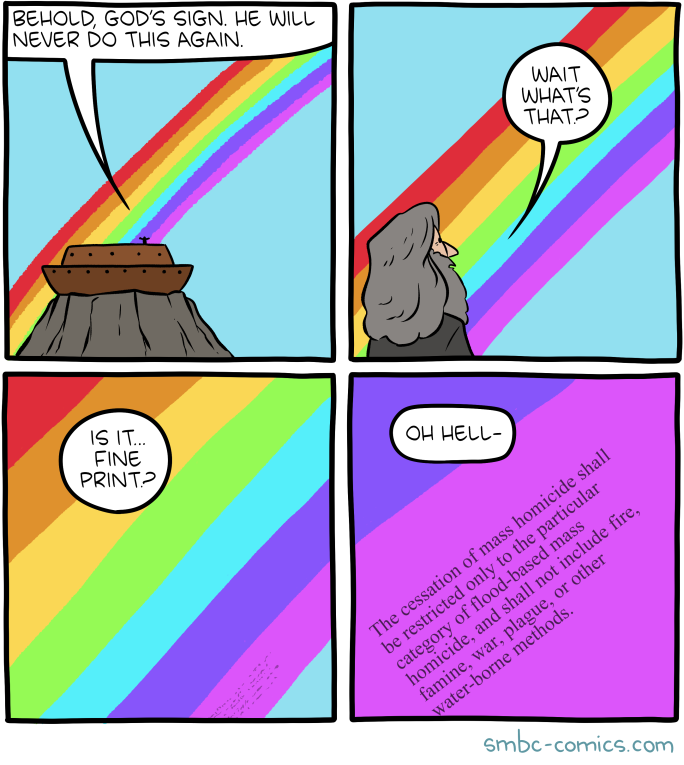
Click here to go see the bonus panel!
Hovertext:
There's actually a whole 'nother page on the other side.
Today's News:
Hey! Me and Kelly are working on a project, and we started a little twitter account where we post Weird Stories from Space.
raedusoleil: If you turn on subtitles for this video, you’ll get...
If you turn on subtitles for this video, you’ll get annotations for what plant cells you are viewing.
@calyxaomphalos, this is a green inner world you will enjoy.
Succubus by AdryelArtAs found...

Succubus by AdryelArt
As found at:
http://adryelart.deviantart.com/art/Succubus-667664993
I think this is just an amazing Succubus look…
Succubus by GraphicGeekAs found...
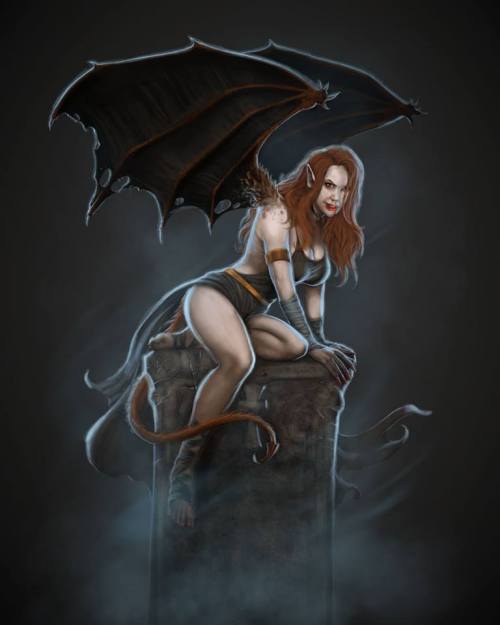
Succubus by GraphicGeek
As found at:
http://graphicgeek.deviantart.com/art/Succubus-663371947
Very much a D&D vibe in this art…
COMMISSION: Succubus by VarianArtistAs found...

COMMISSION: Succubus by VarianArtist
As found at:
http://www.hentai-foundry.com/pictures/user/VarianArtist/490930/COMMISSION-Succubus
Lovely succubus art…
Morrigan by Forty-FathomsAs found...

Morrigan by Forty-Fathoms
As found at:
https://forty-fathoms.deviantart.com/art/Morrigan-725821607
A Morrigan under the Christmas tree… Happy Christmas to all!
Gyro Gearloose and Daffy Duck
Merry Christmas! I'd like to take this time to thank all of the visitors to this blog for regularly checking out the covers and offering up your comments, suggestions and encouragement. It's great to read the daily feedback and discussions that ensue both here on the blog and on the Facebook Fan Page and Twitter feed. I may not respond to every suggestion (mainly because the answer is always the same - "Maybe, if I can find the right concept and images"), but I do read and appreciate them all. The biggest thank you goes out to the Patrons of this Blog, your support has helped it to continue. Next year it will hit its 10th Anniversary, and you have helped it get to this point. I hope that everyone is surrounded by their loved ones today and your holidays are filled with joy. Here's looking forward to 2020!
Aquaman and Storm Vs. Sharknado
I remember when everyone started talking about the first Sharknado, and being amused by it. I didn't understand why such a fuss was made though, as the SYFY channel had been cranking out these monster schlock movies for a while. My favorite is still the legendary Mega Shark Vs. Giant Octopus!
Thank you to Jonathan Woodward, a Patron of this blog, for suggesting this wild match up!
Aquaman and Storm first met in STF #2186...
Succubi Image of the Week 622
It’s almost the end of 2019 and being so, the last Morrigan Aensland artwork of the year as the Succubi of the Week this time. I like how expressions tell so much about a character and in the case of Morrigan, some of those expression are wonderfully telling. A portrait this week then of Morrigan in the midst of consideration…
This work is by the artist Dylan on DeviantArt and you can find the original page with this work here and this artist’s page can be found on DeviantArt here.
Morrigan portraits are something that I really enjoy because they give the opportunity for seeing just how wonderfully teasing Morrigan can be and in this art I think that really comes through. Lovely deep eyes, her hair is perfectly wild and the little touch of fang peeking out just works so well with her expression.
Perhaps she’s contemplating her next snack, or thinking about what fun she will have in tempting someone to come and play with her. Regardless of the why behind the expression, this is one of my favourite Morrigan portraits overall.
Morrigan considering can be something quite… delicious…
Tera
Morrigan Aensland by martainoAs found...

Morrigan Aensland by martaino
As found at:
https://martaino.deviantart.com/art/Morrigan-Aensland-720233026
Possibly my favourite Morrigan artwork for December…
The cost of being late It’s easy to think...

The cost of being late
It’s easy to think “it’s just a few minutes.” But as the number of people that you hold up increases, the true cost of being late scales rapidly. Being 10 mins late to a meeting with 10 others is 100 minutes. Holding the door for 20s on a train of 600 people is over 3 hours of time collectively. Unless your time is worth a lot more than everyone else’s it’s worth thinking twice before holding the door to a train or not taking the start of a meeting seriously. I think, at the end of the day, t’s really about respect.
What’s the distinction between myth and religion in Dewey? An explainer
Have you reviewed the materials in your library classed at 398.2 Folk literature lately? Are there works there that should be classed in the 200 Religion hierarchy instead?
Just as we constantly revise the DDC, classification decisions from the past should be reviewed periodically, especially in culturally sensitive areas. The topic of myths and legends highlights the need for an iterative approach to classification, as previous classification decisions may have inappropriately centered familiar beliefs while disregarding others that seemed foreign. The "mark it and park it" approach to classification (that is, making a classification decision about a work and never revisiting it) can lead to alienation between the organization of our library's collections and our professional goals of equity and inclusion.
So how do you determine which works should be classed in 398.2 versus 200? Dewey asks you to look at the presentation of the work in hand to determine whether it is presented as a religiously-based work, especially for works that might be described as myth.
Terminology challenges
The relationship between religion and myth can be difficult to pin down, because it depends on one's understanding of the definition of a myth. The Oxford English Dictionary gives two distinct definitions:
1. A traditional story, typically involving supernatural beings or forces, which embodies and provides an explanation, aetiology, or justification for something such as the early history of a society, a religious belief or ritual, or a natural phenomenon.
2. A widespread but untrue or erroneous story or belief; a widely held misconception; a misrepresentation of the truth. Also: something existing only in myth; a fictitious or imaginary person or thing.
Over the past century scholars have assigned various definitions to the word "myth," diverging in opinion on whether it implies that a story is sacred or related to religious rituals. Joseph Campbell famously gave his favorite definition of mythology as "other people's religion." The popular meaning of myth as being distinct from fact (as in the second OED definition above) means that assigning a value of "myth" to a particular story or set of stories is a value-laden proposition.
Dewey and myth
From its beginning, the DDC has asked classifiers to make a distinction between works that are presented as mythology and those presented as religion. The wording of the distinction has varied through editions, but the current language providing guidance was established in Edition 22 in 2003; it can be found in Manual note 398.2 vs. 201.3, 230, 270, 292-299 Myths and legends:
Use 398.2 for myths or mythology presented in terms of cultural entertainment or, especially, as representative of the early literary expression of a society, even if they are populated by gods and goddesses. Use 201.3 and similar numbers elsewhere in 200 for mythology presented from a strictly theological point of view or presented as an embodiment of the religion of a people. For example, use 398.2 for Greco-Roman myths retold for a juvenile audience; but use 294.382325 for Jataka tales illustrating the character of the Buddha.
Use 398.2 for mythology having a nonreligious basis that deals with beliefs and stories that can be referred to as superstitions, legends, fairy tales, etc., where the religious content or interest is not apparent. Use 201.3 and similar numbers elsewhere in 200 for mythology having a religious basis that deals with the most basic beliefs of people and with religious beliefs and practices.
Class specific myths and legends presented as examples of a people's religion with the subject in religion, e.g., legends of Jesus' coming to Britain 232.9.
Use 398.2 for interdisciplinary works on mythology, since this number includes folk narratives with a broader focus than religion alone. If in doubt, prefer 398.2.
In following these instructions, a work like Bulfinch's mythology, which clearly states that people no longer religiously believe in the gods and goddesses portrayed, is easily classed in 398.2. But for less clear examples, we know that catalogers will make judgments based on their own cultural context.
Questions about moving forward
One of the most frequent comments I hear about Dewey are questions about Indigenous stories being categorized as myth (for example, see Dr. Debbie Reese's 2018 post Some thoughts on a big word: MYTH and a 2013 post DDC 398.2 vs. 290s in Public Libraries by Reddit user MeepleWatcher). As librarians strive to equitably represent multiple worldviews in their libraries, these questions will continue to come up. How can we encourage catalogers to make culturally appropriate classification decisions in this area? Is it possible to make a clear distinction between religious beliefs and myths? Is that distinction valuable to users?
Should we change these instructions in the DDC? One potential option would be to revise the manual note to put all stories based in religion in the 200s regardless of a work's presentation. Another option would be to categorize all works about religions that are currently practiced in the 200s. Would those (or other) options solve any problems or just create new ones? There are no easy answers, but we want to open up the discussion to the profession at large.
In the meantime, take a look at the works that have been classed within 398.2 in your library. Do they accurately represent what your library's users would describe as myths and legends? Should some of them be reclassified? Has your library made any local adaptations to the DDC to more appropriately classify works representing "the most basic beliefs" of Indigenous or other peoples?

